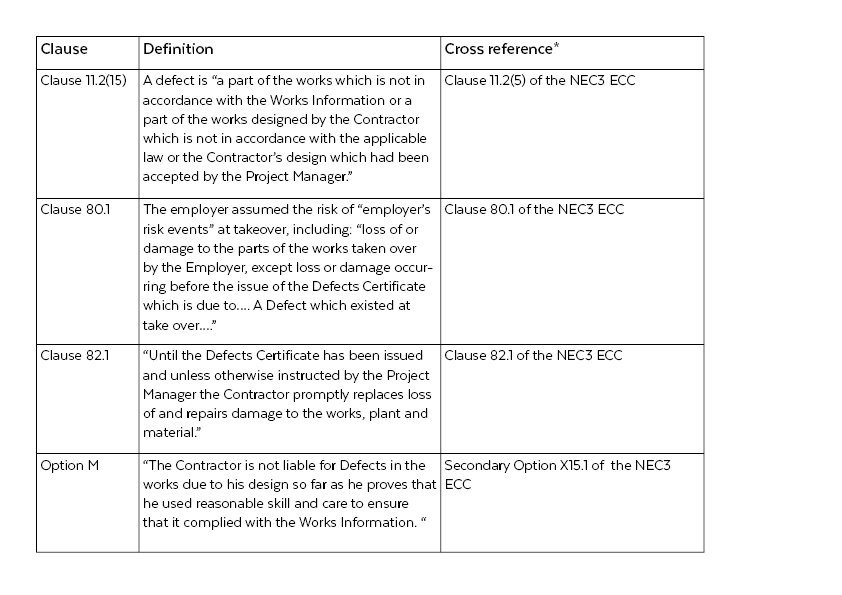When the main tunnel of the Glendoe Hydro-Electric Scheme collapsed only eight months after takeover, a subsequent dispute arose between the Employer and Contractor over which of them bore the risk of the collapse and the responsibility for the remedial works. This resulted in the scheme being out of commission for a significant period of time and a substantial loss in revenue.
The Contract
Hoctief Solutions AG and Hocitef (UK) Constructions Limited (the Contractor) had been jointly engaged to undertake the work by SSE Generation Limited (the Employer). The parties had entered into an NEC2 Engineering and Construction form of contract incorporating bespoke amendments.
The contract included the following clauses:

The Works
*Although this dispute concerned the NEC2 contract we have cross referenced the provisions which have been carried through into the NEC3 Engineering Construction Contract.
As the parties were unable to reach an agreement the Employer eventually procured remedial works from a third party contractor. For an initial period of time the contractor was engaged on a NEC Option E (cost reimbursable contract) although this was changed to an Option A (lump sum contract) once the scope of works was clearer. The remedial works final account amounted to £114 million.
Following completion the Employer pursued the Contractor for damages. Whilst the Contractor denied liability and it also counterclaimed for £10 million for the profit it would have made if it had carried out the remedial works, together with the cost of investigating the tunnel collapse.
The Decision
Reasonable Skill & Care
The court held that the Contractor had been under an obligation to exercise reasonable skill and care on the works although, Option M “placed an important brake on liability”. It held that imposing a fitness for purpose obligation would essentially deprive Option M of its true meaning and also render redundant the contractual provisions regarding repair and maintenance. The court found that the Contractor had satisfied its obligation in this respect.
Employer’s Risk
The court established that the Defect to the tunnel did not exist at take over which in accordance with clause 80.1 meant that it was an Employer’s risk. The court also established that the Contractor was in breach of clause 82.1 by failing to return and repair the collapsed tunnel although; given it was an Employer’s risk event this had little impact on the Employer’s claim. That said, however, important guidance was provided by the court.
The interpretation of clause 82.1 was held to “create a stand-alone regime”, which “detached the immediate question of repair from the ultimate question of liability”. Essentially, clause 82.1 postponed disputes about liability during the defect correction period. If the repairs were subsequently found to be at the Employer’s risk a compensation event would arise under clause 60.1(14). On the other hand, if they were a Contractor’s risk then the cost would be borne under clause 83.1(Clauses 83.1 and X15.2 of NEC3 ECC make similar provision.)
The Contractor’s counterclaim for loss of profit therefore failed as the loss had in effect been caused by its own breach of clause 82.1.
Cost of Remedial Works
The court also helpfully considered the damages it would have awarded the Employer had its claim succeeded. Whilst it established that the majority were “largely reasonable” the court identified a number of factors which would demonstrate the reasonableness of the repair costs, such as:
- the urgency of the Employer’s situation;
- the fact that the Employer acted on the advice of its professional consultants;
- the fact that the replacement contractor was only prepared to undertake the works on a cost reimbursable basis;
- the employer had imposed a strict costs monitoring regime;
- the repairs evolved over time, leading to numerous compensation events;
- the employer only wished to put the scheme back into operation if it was sure that it was fit for purpose; and
- it was inappropriate to compare the price of the original works with that of the repairs.
Even though this is a case decided in Scotland (which has a separate legal jurisdiction to England and Wales), this judgment provides important guidance for those who use the NEC3 ECC.

